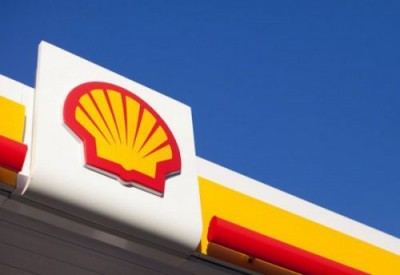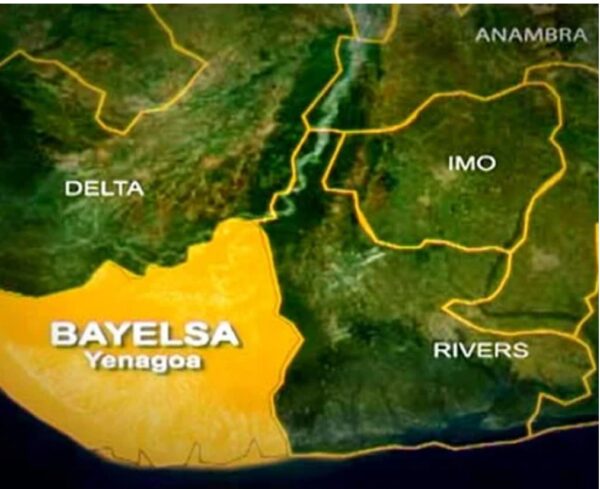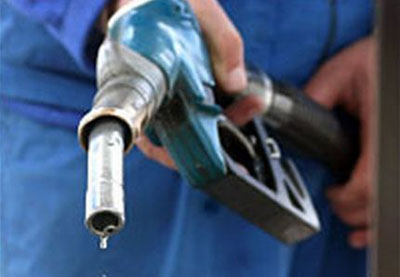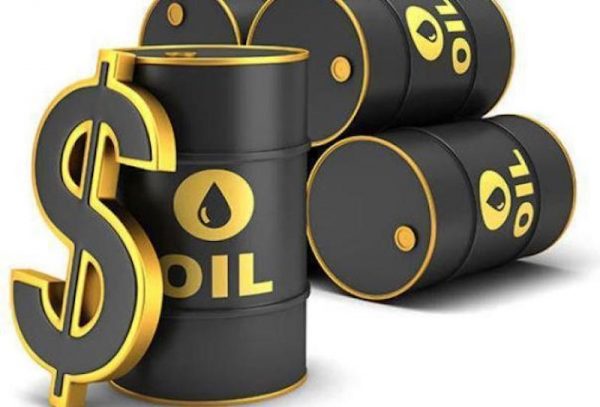IEA Predicts Sustained Global Crude Oil Glut Till 2016
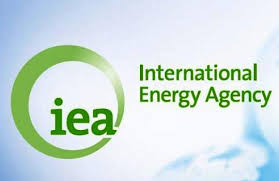 The International Energy Agency (IEA) has forecasted a global glut in the crude oil market between now and 2016. Besides, Nigeria’s crude oil production has dropped from the 1.871 million barrels per day (bpd) it recorded in June to 1.852 million bpd in July.
The International Energy Agency (IEA) has forecasted a global glut in the crude oil market between now and 2016. Besides, Nigeria’s crude oil production has dropped from the 1.871 million barrels per day (bpd) it recorded in June to 1.852 million bpd in July.
This represents 19,600 bpd decrease in output in the month under review, according to Organisation of Petroleum Exporting Countries (OPEC) crude oil production based on secondary sources. Besides, OPEC pumped the high volume of crude oil in July since three years as Iran restored output to the highest level since international sanctions were strengthened.
OPEC responsible for 40 per cent of world oil supplies, raised output by 100,700 barrels a day to 31.5 million last month, the group said in its August monthly market report, Record inventories will expand further even as consumption growth doubles in 2015 and supplies outside OPEC contract next year for the first time since 2008, the IEA predicted.
OPEC said in its report that in Asia, the sweet/sour spread, represented by the Tapis/Dubai spread, continued its six-month long narrowing trend, but sharply this time, as the Brent/Dubai m-o-m spread flipped to positive, making a sweet grade less expensive than a sour.
This led to a flood of arbitrage for light sweet crudes – West African and North Sea crudes – to head East, pressuring similar local grades, such as Tapis. It noted that demand also weakened for Asia-Pacific light sweet grades as buyers refrained from purchases amid falling refinery margins in the region, due to a glut of middle distillates.
“ In contrast, Dubai stayed firm on robust buying interest in Asia, particularly Chinese buying in the Platt’s pricing assessment market on close (MOC) mechanism. Over the month, Dubai crude’s discount to Tapis dropped by a hefty $2.40 to $1.80/b. In January the spread was close to $7/b. “ This made Tapis-like grades more attractive to Asian-Pacific refiners than Dubai-related sour crudes.
In Europe, the previous month’s discount of medium sour Urals to Brent flipped back to the norm in July, with Brent at a significant premium to Urals. Urals came under pressure from lacklustre sour crude demand in Europe. Further pressure came from an increase in supplies of Kirkuk crude from northern Iraq. On the other hand, Brent was supported by the easing light supply glut in the Atlantic Basin and relatively higher demand.
The Urals Med premium of 85¢/b in June to Dated Brent flipped to a discount of 70¢/b in July, widening by about $1.50/b. ‘‘On the US Gulf Coast, firm demand for light distillate-rich crude, on the back of strong gasoline cracks amid healthy domestic demand, continued to support the light sweet grades, LLS. Over the month, the LLS premium over medium sour Mars widened further by 75¢ to stand at $4.55/b in July from $3.80/b in June.
Moreover, most of the USGC grades’ cash differentials moved up as the Brent premium to WTI strengthened over the month. Stockpiles won’t be diminished until the fourth quarter of next year, or even later if sanctions on Iranian crude are lifted, the agency said. Global oil demand in 2015 is expected to grow by 1.6 mbpd, up 0.2 mbpd from our previous Report and the fastest pace in five years, as economic growth solidifies and consumers respond to lower oil prices.
Persistent macro-economic strength supports above-trend growth of 1.4 mbpd in 2016. IEA said in its report that world oil supply fell nearly 0.6 mbpd in July, mainly on lower non- OPEC output. OPEC crude production held steady near a three-year high. It noted that as lower prices and spending cuts take a toll, non-OPEC supply growth is expected to slow sharply from a 2014 record of 2.4 mbpd to 1.1 mbpd this year and then contract by 200 kbpd in 2016.
According to the agency, OPEC crude supply inched 15 kbpd lower in July to 31.79 mbpd as Saudi output eased and offset record high Iraqi production and increased Iranian flows. He added that tThe ‘call on OPEC crude and stock change’ rises to 30.8 mbpd in 2016, up 1.4 mbpd on this year due to a stronger demand outlook and stalling non-OPEC supply growth. It stated: “OECD inventories rose counter-seasonally by 9.9 mb to hit.



